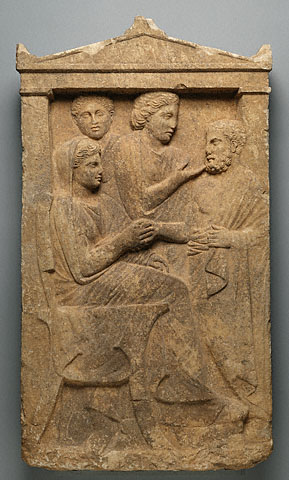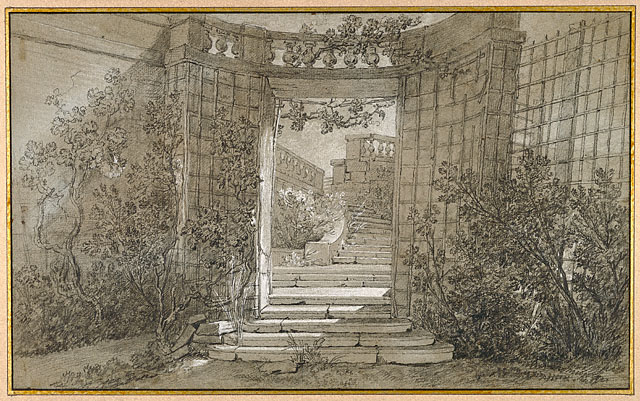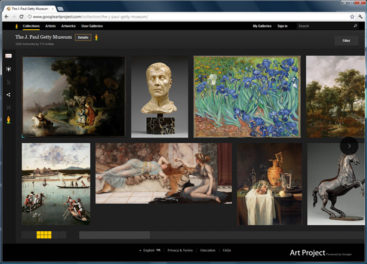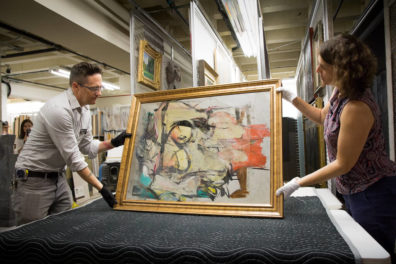The frailty of the human condition—and the cruelty of untimely loss of life—is one of art’s oldest and most enduring themes. Every year on December 1, we’ve reflected on this theme for Day Without Art, an international day of observance of the impact of the AIDS pandemic on cultural life.

Gravestone of Sime, Greek, about 320 B.C.
Many works of ancient art speak poignantly of the grief and bewilderment caused by untimely death. Death was a vivid reality in the ancient world, when lifespans were short and medicine still relatively primitive. The pain of loss is particularly evident in the many Greek and Roman funerary objects used to commemorate the passing of loved ones, like this grave stele depicting family members saying good-bye to a deceased woman. Sarcophagi lamenting untimely death often use representations of mythological heroes and gods to tell their stories.
Yet these works of funerary art also celebrate life, both of those who have passed and of those who remain to savor the beauty of the image left behind. From earliest times, loss has also provided artists with a opportunity to recognize the accomplishments and uniqueness of a departed individual—as with a grave relief of a freed slave who made his living as a silversmith and a beautiful mummy portrait of a wealthy Egyptian matron.
The art of our day, of course, also deals with loss. A starkly modern version is captured in Weegee’s Their First Murder, which shows a woman in a state of violent mourning surrounded by children laughing and carrying on. This dramatizes a less noble, but equally human reaction to loss: mockery and emotional distance.

Their First Murder, Weegee (Arthur Fellig), negative 1941; print, about 1950. © International Center of Photography
Dorothea Lange’s poignant photograph of a migrant mother in California, whose grim countenance makes evident her family’s economic struggle, reveals a different kind of loss—of hope, of stability, and of the most basic human requirements, food and shelter.
Some artists convey loss without a single human figure. I particularly like Jean-Baptiste Oudry’s Landscape with a Stairway and Balustrade, which depicts a desolate, overgrown garden landscape marked by melancholy, loss, and decay. The passage of time here leads to the destruction of the inanimate as well as the animate. No one and nothing is exempt.

Landscape with a Stairway and Balustrade, Jean-Baptiste Oudry, about 1744–47
Day Without Art is an opportunity to remember the many lives cut short by AIDS and to reflect on the impact of this cultural loss. But it’s also a day to celebrate humanity’s shared artistic legacy. Although the AIDS pandemic has claimed hundreds of artists, our continued interest and appreciation for art keeps their work alive. That is something loss will never destroy.




This is very thoughtful, and extends the grief of the day to an even more timeless event. Death is such a part of our lives, but our culture seems to ignore the reality and grief of it. We can learn so much from past cultures and artists who give us an insight into the topic. Thank you for this overview!
Thank you for this lovely blog. So beautifully written.
As we move through life it is hard to realize that it does end. However, life like all else will come to a conclusion, and while we cannot control when we do leave let us hope that people will feel a loss at our passing, or we have had a small impact on the world and those still living on it. Aids is such a horrible disease, let us hope that a cure that is inexpensive can be found so we eradicate it from the world.
I say there is no such thing as a day without art. Yes there is death and grief, but these are reasons to make art, to live art. Yes, we have lost persons precious to us. but let us recieve their bequeath of meaning into the fabric of our lives. There can be no day without art.Even if we cease to be a species on this planet, there will stll be the truth of beauty and the profound mystery of life and death –of Being. If we go to a place where we are saying that it is a day wihtout art, are we not giving ourselves a reason to cease to exist? The energies of the persons we have loved and lost cannot be unmade, we do not cease to relate to them, even if they are away from us. Art is our vehicle to connect us, to all living and all those beyond. My response to the losses says , let us make art , and never stop!